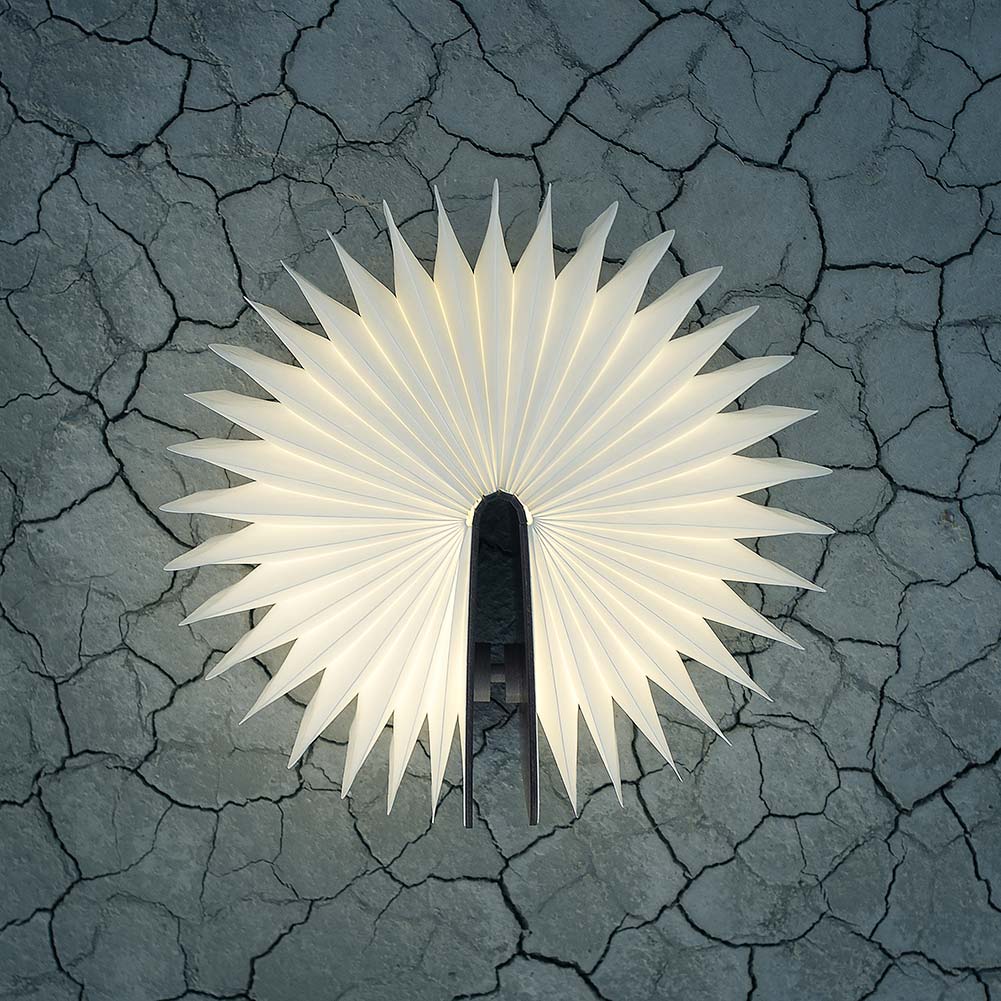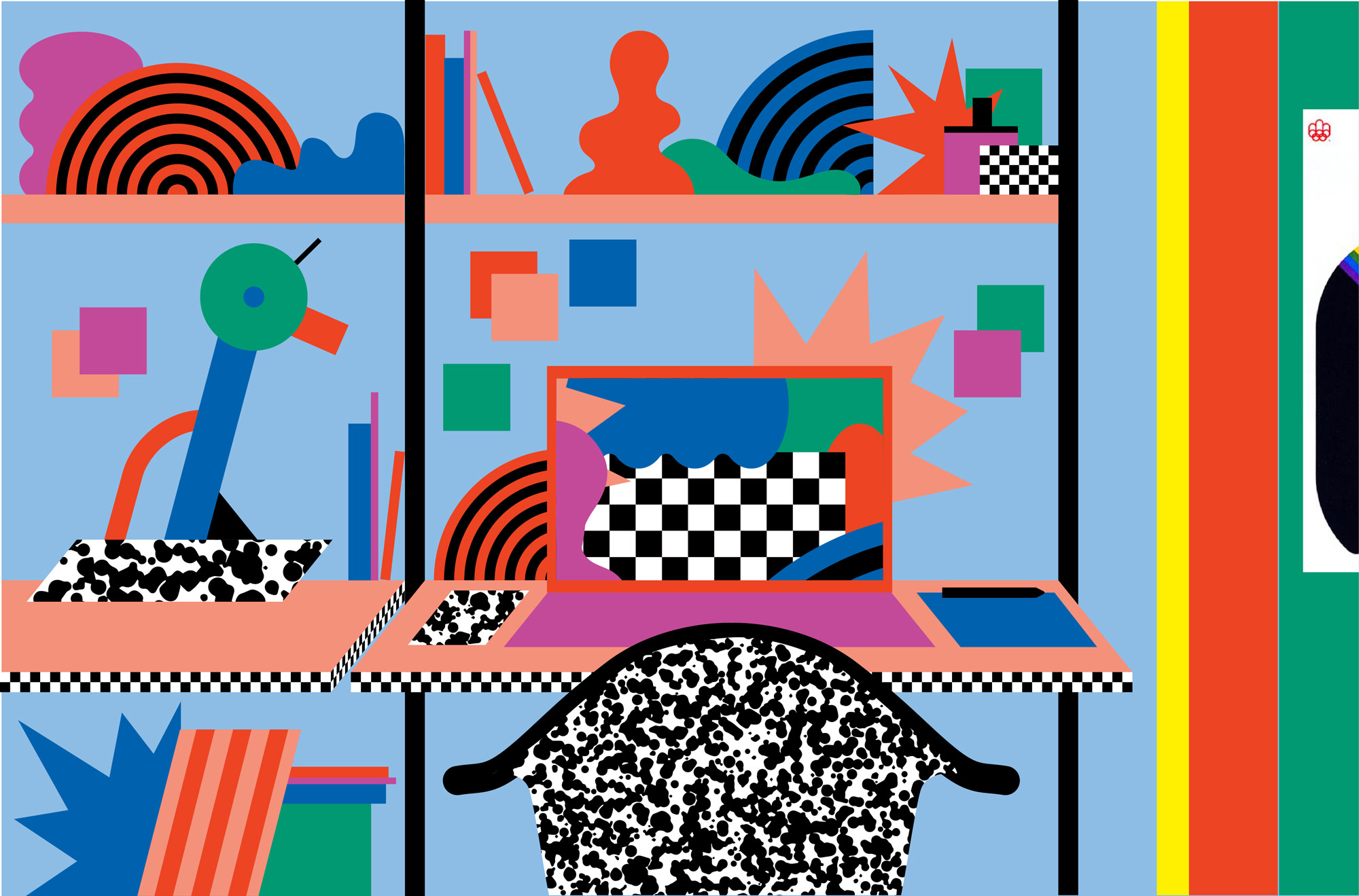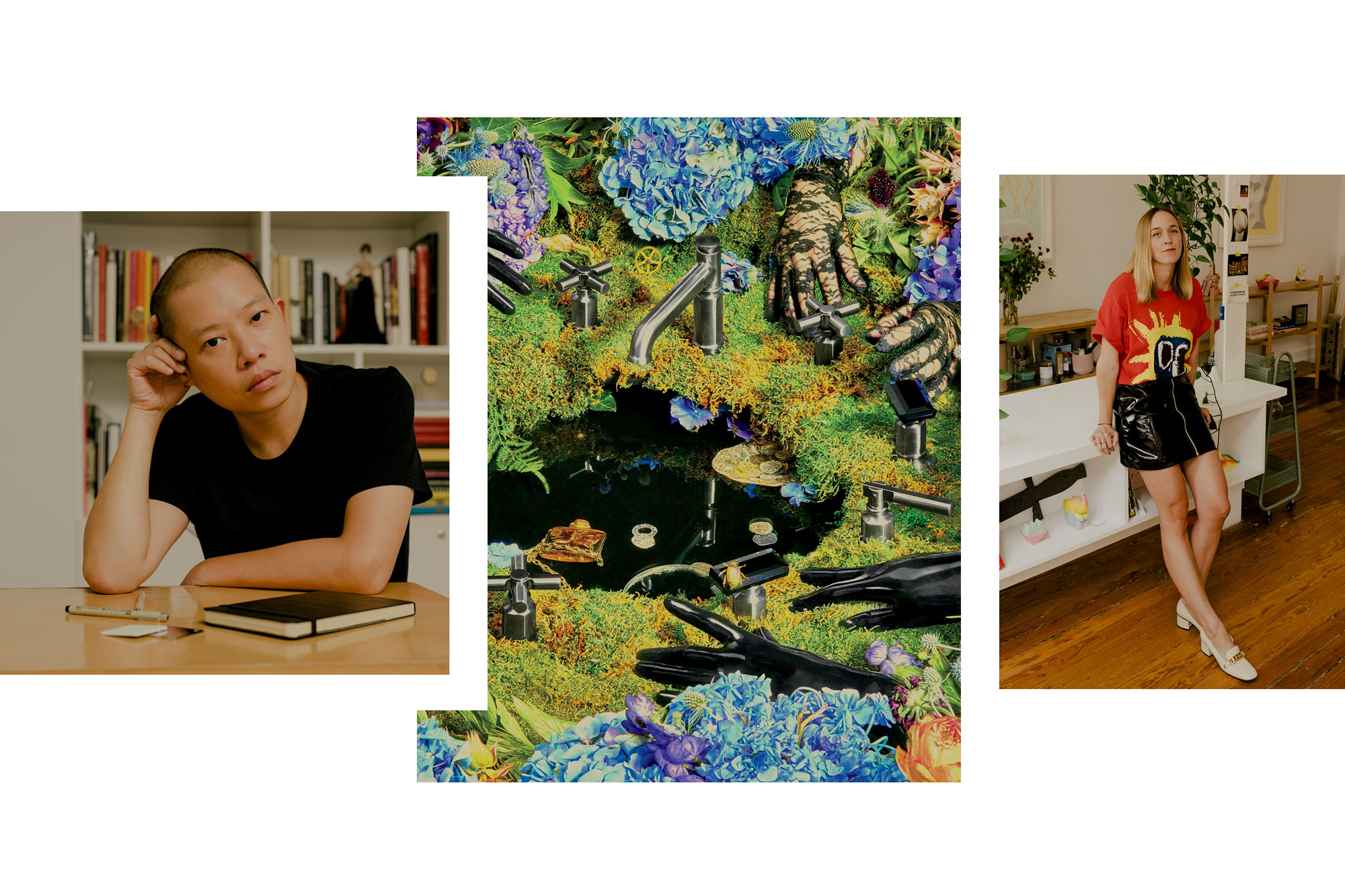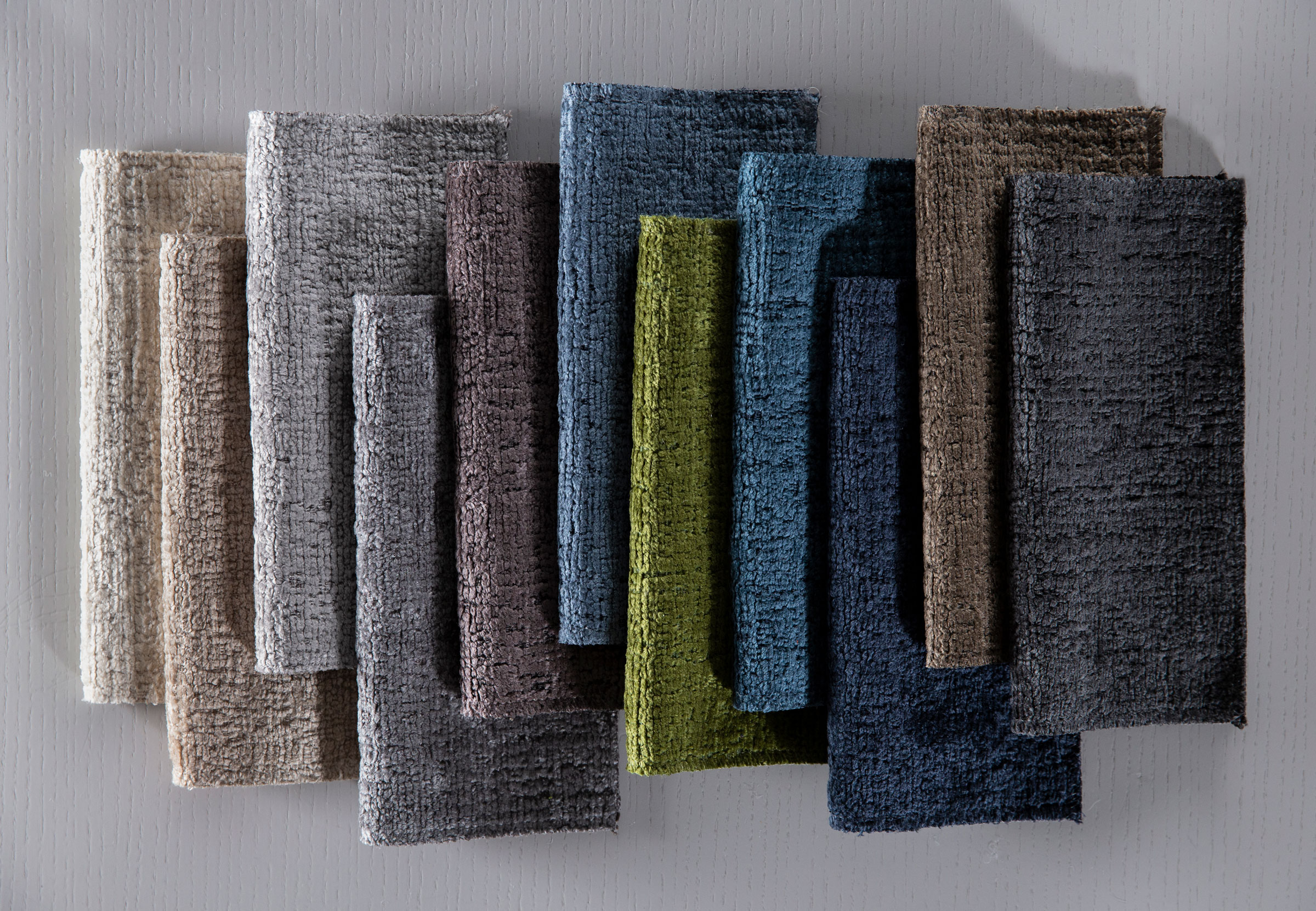Jakarta-born, San Francisco-based designer Max Gunawan is the creative brain behind the book-shaped, fold-open Lumio light. He raised nearly $580,000 on an initial goal of just $60,000 in a 2013 Kickstarter campaign for his trademark product. In 2015 he appeared on Shark Tank, where his lighting design notably attracted investment interest from all five hosts. Max recently shared with us some of the key lessons he learned along his path, from crowdfunding sensation to reality-TV object of desire to smart, post-success scalability.
Branding is like dating. Present yourself well. Don’t look frumpy. The heart and brains of the product, and the unboxing, you cannot replace that.
Trust the experts, but learn for yourself. I talked directly with the manufacturer and relied on their expertise a little bit, but [Classic Lumio] was something different; nobody had done electronics using Tyvek and wood. I actually worked with people on the assembly line and exchanged tips. It’s a collaborative process. People were like, “Just hire a consultant. You don’t know what you’re doing.” And that’s true, but I knew if I wanted to keep on producing objects, I needed to learn this process.
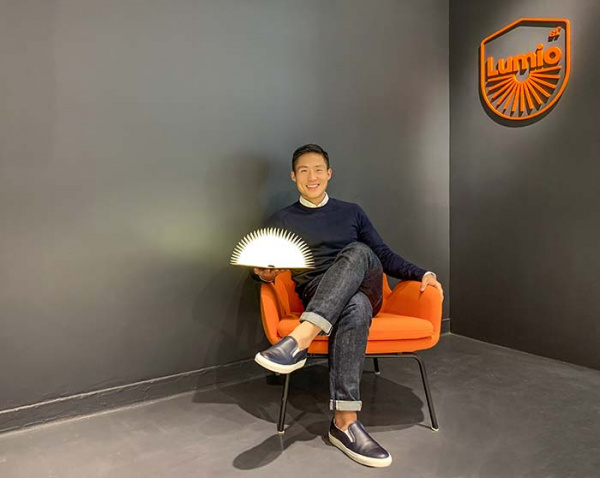
Max’s background was in architecture, where focuses on spatial design and lighting systems served him well for his eventual jump to lighting-products design. But he tired of the ‘template-based’ work of retail and commercial architecture and the increasingly administrative nature of his job, all of which helped prompt the career shift. Courtesy of Lumio
I don’t have an elevator pitch. We all want a way to communicate succinctly, but it’s gotten to a point where, what even is an elevator pitch? People focus more on this boilerplate template than actually trying to get to the essence of presenting yourself. In life, you do you. If you’re really smooth, be that. I’m not that. I need to warm up; I need to really connect with someone to present my ideas. So I try to relate with someone as fast as I can and empathize and understand their perspective.
“Good craftsmanship and simple objects—that’s what really moves me.”
Technology alone isn’t enough. I live in the present, and I’m a consumer of tech. I live in San Francisco and use smart devices. But when I use those things, I don’t feel the joy of something like Japanese ceramics. Good craftsmanship and simple objects—that’s what really moves me. I feel this gap between the two worlds; it’s exactly what I try to bring together—the invisible technology and the old way of doing things.
Read more lighting and product design stories on Sixtysix.
Evolve and adapt. I told my team, if you’re looking for a nine-to-five, unfortunately I cannot give you that. We work across time zones with vendors and manufacturers and distribute products in about 40 countries. You have to give people leeway and flexibility. I don’t care where and when the team works as long as we deliver and communicate. Second, don’t be too comfortable. Just because we have a certain template of how we work now, it probably won’t be the same next year.
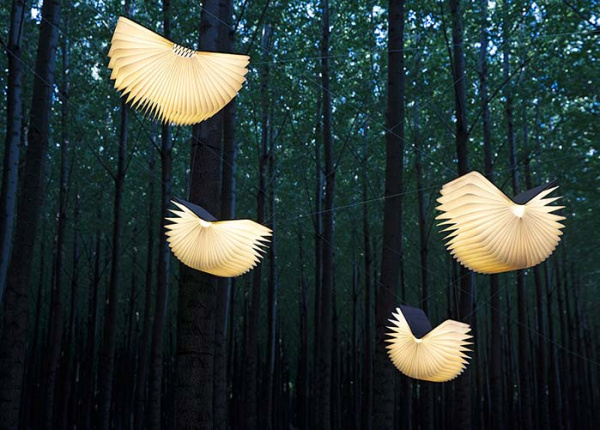
Max lived with Lumio’s manufacturer for months in order to fine-tune the production process. He knew that getting rid of dark spots in particular on a mass-production scale would require a collaborative fix. ‘They would’ve lost a few months just thinking about it. And I decided I didn’t have that much time, so I needed to be there with them.’ Courtesy of Lumio
With any unusual project, you need to hook people in. With Lumio, the first few seconds of the product video needed to grab people. The nitty gritty detail comes later. First, focus on the surprise element of discovery. People are jaded online, looking at so many beautiful things. The opening needs to prompt, “Oh, wow, What is that? I want to learn more.” From there, I present all the design details and what separates this from traditional lighting or just a kitschy book product. And then also showcase the light quality, because at the end of the day, it’s about the function.
Home in on detail. In my case, lighting quality was so important to the project. Tyvek diffuses the light, and I specifically chose LED to really evoke candlelight. At the time, most LEDs were very harsh. The Tyvek gives nice diffusion, but the way I detail the book, it’s just layers and layers of pages. And with pages, you have to glue the edges. It’s super simple, but eliminating all the dark spots proved difficult. But because the prototype was handmade and self-made, those many, many trials eventually pay off.
